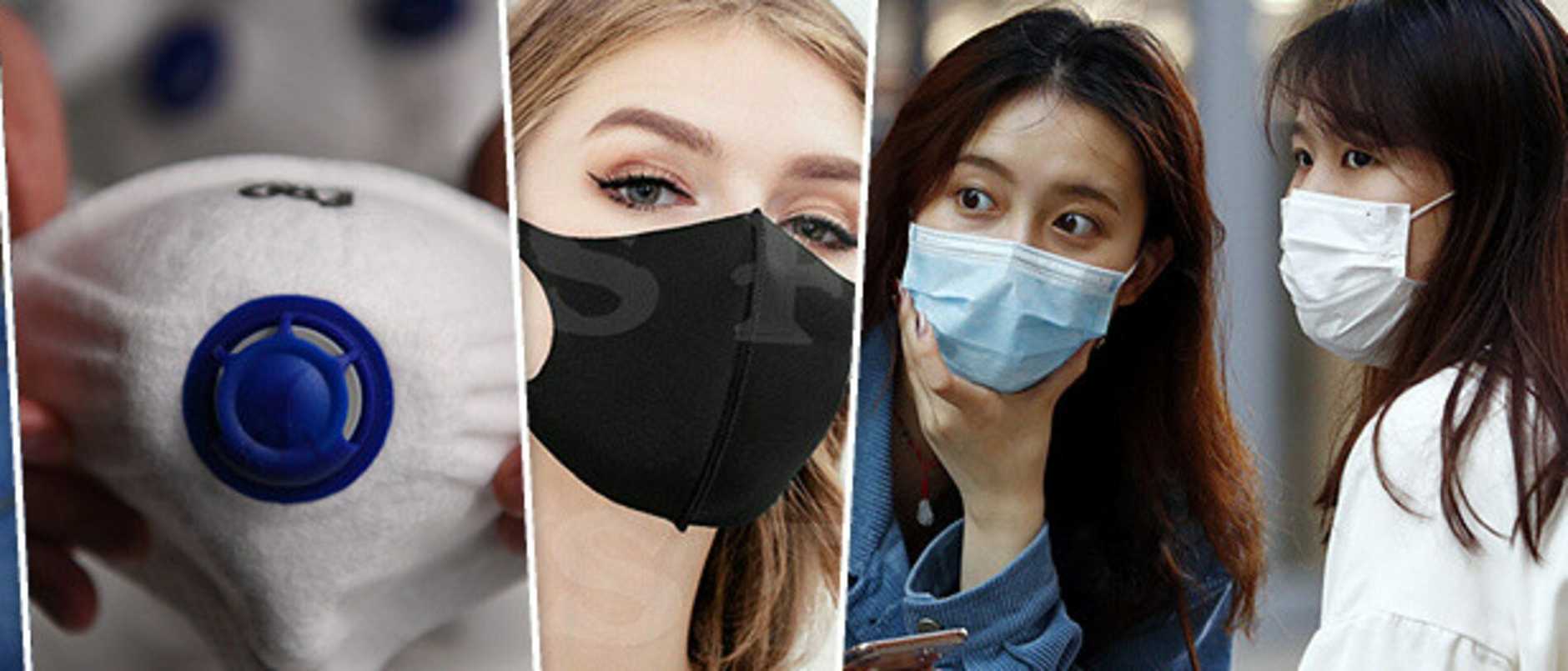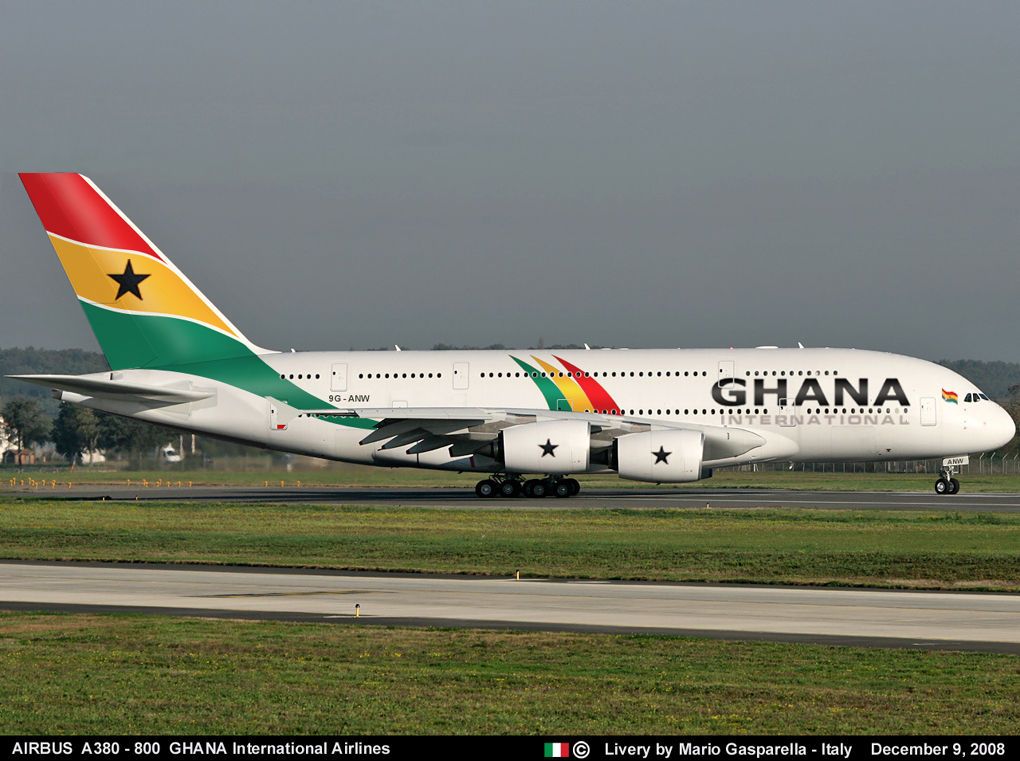
 Health3 months ago
Health3 months agoCameroon Launches Historic Malaria Vaccine Rollout, a Global Milestone

 Entertainment3 months ago
Entertainment3 months agoI’ll love my wife more if she tells me she cheated on me – Okyeame Kwame

 News3 months ago
News3 months agoWrong Timing, Cancel the Emissions Levy now – Nana B to government

 News3 months ago
News3 months agoWhere are those loud-mouth critics – Prof. Jane Naana Opoku-Agyemang questions

 2024 Elections3 months ago
2024 Elections3 months agoI can’t promise you that I’m going to increase your salary – Mahama tells Teachers

 2024 Elections3 months ago
2024 Elections3 months agoBREAKING: Alan’s secret alliance with NDC to fight NPP revealed

 News3 months ago
News3 months agoKyei-Mensah Bonsu to Foreign Affairs Ministry, Oppong Nkrumah to Sports – President Akufo-Addo’s Upcoming Reshuffle Revealed

 2024 Elections3 months ago
2024 Elections3 months agoBawumia’s vision full of lies, a copycat of Akufo-Addo’s deceptive style – Martin Amidu





































